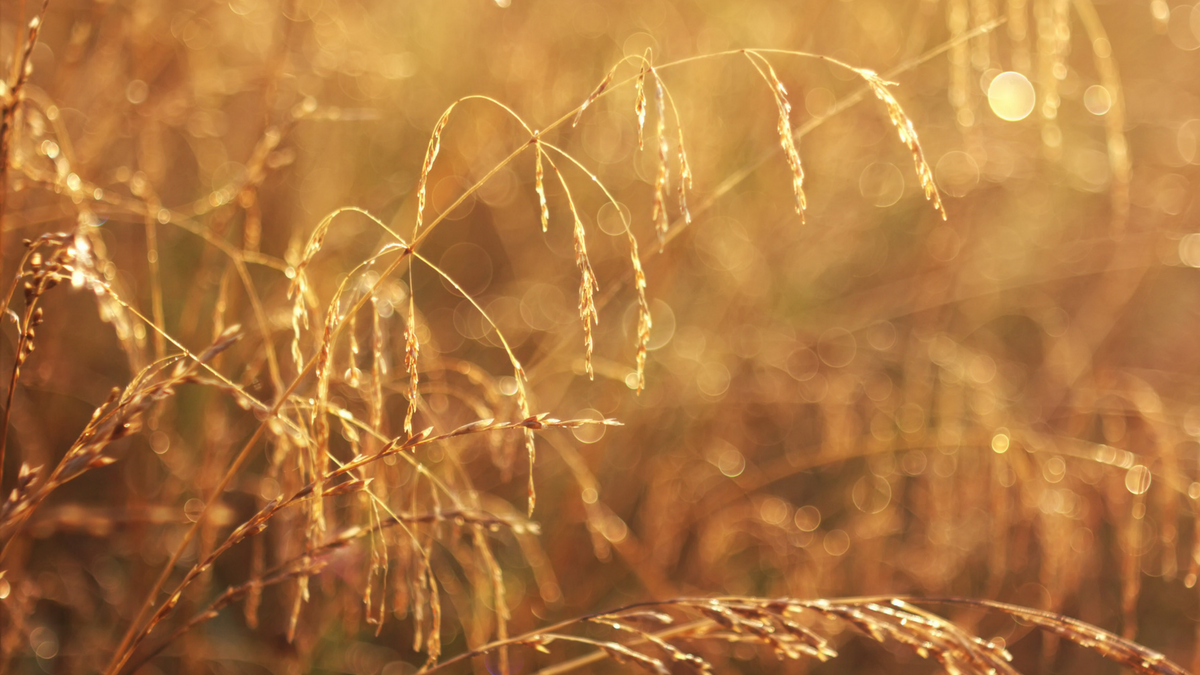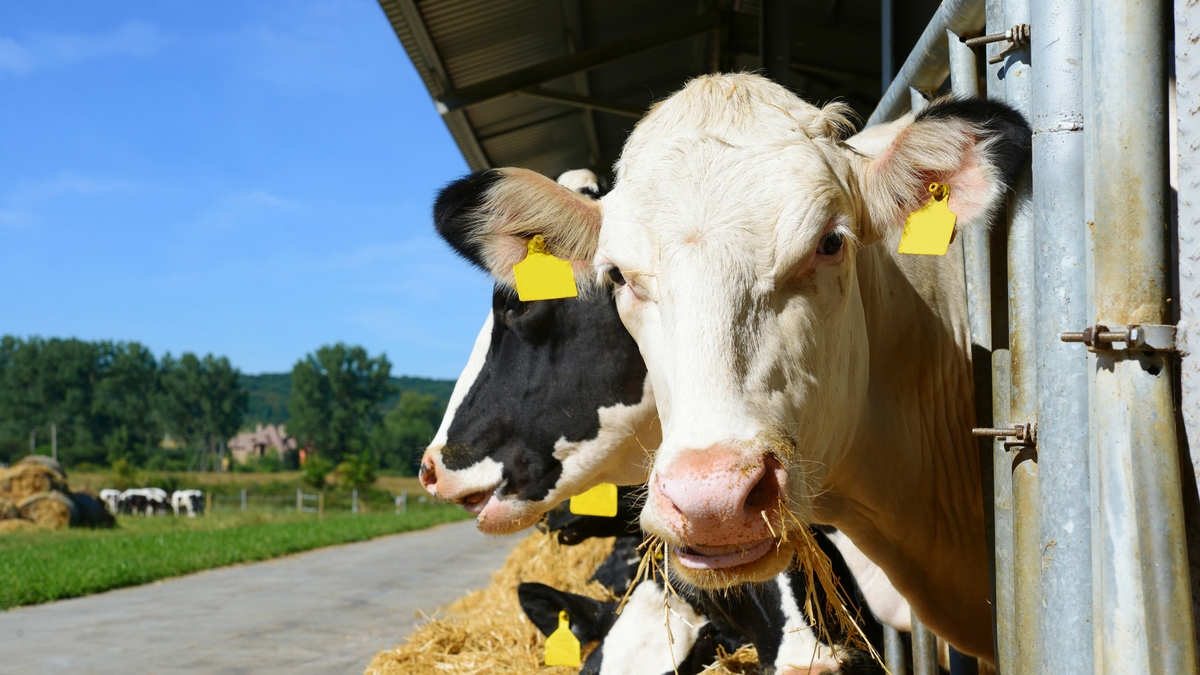4 key areas that lead to heat stress in beef cattle
As we roll through the summer months, signs of heat stress in beef cattle become an increasing concern for those in the industry. An inability to dissipate heat causes heat stress in beef cattle and can lead to reductions in growth rate, health, milk production, reproductive efficiency and survival associated with heat stress. These contribute to significant losses to producers. While the cost of heat stress to the livestock industry is difficult to calculate accurately, several estimates have been made. St-Pierre et al. (2003) estimated up to $2.4 billion dollars in heat stress-related losses across all species within the US, with more than $350 million associated with the beef industry.
Typically, feedlot cattle are more susceptible to heat stress than cattle on pasture. In the feedlot, heat stress-related animal death costs ~$5,000 per head (Mader, 2002). Since those estimates were made, heat waves have become more frequent. A heat wave in 2006 resulted in the death of 25,000 cattle in California (Nienaber & Hahn, 2007), costing the dairy industry $1 billion (CDFA, 2006). In June 2009, more than 2,000 cattle died during a heat event in Nebraska. Farmers in Iowa reported upwards of 4,000 head of cattle lost in a 2011 heat wave. There have continued to be heat stress related incidents affecting cattle.
As research has delved into the effects of heat stress that reach far beyond production measures, it has become clearer that even when cattle do not show signs of heat stress, they may still be negatively impacted. Some hidden costs of heat stress include greater incidence of rumen acidosis, laminitis and dark cutting beef. Further, conception rates, sperm quality, milk yield, gut barrier integrity and immune function are adversely affected.
What factors can lead to beef heat stress?
While beef cattle are more resilient to heat stress than many other species, they still suffer negative effects. Even cattle exposed to the same environmental conditions and management practices vary widely in their ability to handle high environmental temperatures. Below are some key areas identified as indicators of an animal’s ability to cope with heat stress and suggestions on how to address them.
1. Genetics
- Bos indicus breeds have greater heat tolerance than continental breeds. Choosing location-appropriate breeds or crossbreds and timing breeding to best suit local conditions can mitigate many heat stress problems for calves.
- Cattle with dark hides are more susceptible to heat-related issues. In a group of closely related cattle with different hide colors, researchers found a 2°F higher core body temperature in cattle with dark hides.
- Hair length is considered a moderately heritable trait. The slick gene found in Senepol cattle and Spanish-origin breeds results in a shorter coat and correlates to heat tolerance in cattle.
- In addition to coat length, the timing of shedding is also a factor. Adjusted 205-day body weight was 24.1 pounds higher in calves from dams that shed by May in a trial by researchers at Mississippi State University and North Carolina State University.
- Calmer cattle have been shown to be more heat tolerant than excitable ones. This is likely due to reduced stress response to handling, leading to lower metabolic activity and heat production in the animal.
2. Health
- As cattle do not sweat effectively, they primarily use respiratory cooling to regulate body temperature. Thus, respiratory health is critical to managing a high heat load. Research at the Meat Animal Research Center (MARC) shows that cattle treated for pneumonia any time between birth and slaughter have a 10.5% higher respiration rate under stressful conditions in the feedlot.
- Cattle undergoing heat stress are more susceptible to illness, but the converse is also true. Cattle in poor health going into a heat event may not have adequate energy reserves to adjust metabolic activity to facilitate body cooling.
3. Production stage
- A feedlot is generally hotter than pasture due to radiant heat from dirt and concrete pads and the lack of shade and water typically available to pastured cattle.
- Heavier cattle are at more risk. The development of fat cover reduces the efficacy of heat dissipation mechanisms, with more heat from digestion and metabolism retained in the body. Cattle at the end of finishing should be watched closely for heat stress, as should cows with higher BCS.
- Adult animals can become heat-stressed at temperatures as low as 80°F if there is high humidity or little air movement. While calves are more heat-tolerant than mature animals, they are still susceptible to heat stress-related reductions in feed digestibility and energy redistribution, leading to lower growth and immunity.
4. Previous exposure to heat
- Cattle previously exposed to high temperatures are better able to tolerate additional heat events. Cattle producers in southern regions should be aware that cattle brought in from northern areas are likely to be much more sensitive to heat stress.
- Heat stress can negatively affect the immune function, growth, milk production and metabolic resiliency of cattle, even after the high temperatures have passed.
The local environment also plays a role in how well cattle handle the heat. Cattle do not dissipate heat as effectively as other species when temperatures are high. They accumulate a heat load during the day and dissipate heat at night as temperatures decline. When making management decisions in hot weather, remember that a cow’s core temperature peaks two hours after environmental temperature peaks, and it takes at least six hours for cattle to dissipate their heat load. Thus, if nighttime temperatures do not drop sufficiently, cattle will accumulate heat they cannot disperse. Therefore, a temperature-humidity index (THI) alone may not predict cattle heat stress because it does not account for this accumulated heat load.
How to manage heat stress in beef cattle
The best ways to manage heat stress in cattle involve planning practices that limit stress and provide cattle with cooling methods when needed. The USDA-ARS has excellent resources for forecasting and managing heat stress. Below are some suggestions to keep in mind:
- When possible, a shaded area should be provided to allow 20–40 square feet per animal, with the shade placed at least eight feet above the ground to allow good airflow.
- Cattle increase respiration with temperature rises, necessitating higher water intakes. For growing animals, a temperature increase from 70–90°F nearly doubles water requirements. Ensure clean, cold water is available, with at least three linear inches of water space per head.
- Heat production from digestion peaks 4–6 hours post-feeding. Adjusting feeding times to provide 70% or more of feed in the evening allows cattle to digest during the coolest portion of the day.
- While windbreaks can be beneficial in the winter, if possible, they should be removed during the summer to allow for better air circulation. Similarly, limiting brush height in pastures can aid in keeping cattle cool.
- Heavy fly loads will cause cattle to bunch together, exacerbating heat issues. A strong fly control problem is critical for management during hot weather.
- Watch the weather and, when possible, avoid working cattle on the hottest days and limit holding times where they are bunched or away from shade and/or water. If cattle need to be worked, do so in the early morning while they have low body temperatures and work slowly and calmly to help them manage the multiple stressors of heat and working.
- Sprinklers can be used to soak animals and aid evaporative cooling. Sprinklers should have a large droplet size, be used intermittently to limit mud formation and positioned away from bunks and feeders. Sprinklers should be considered preventative and require acclimation (once used, they must stay in use).
Some aspects of nutrition can also be considered to aid cattle in managing hot weather. Dietary protein should be examined as urea/urine production from excess protein is energetically costly and heat-generating. Similarly, high-forage diets can be problematic, as the heat produced from digesting fibrous material is much higher than that from grains and concentrates. However, cattle are more susceptible to acidosis during heat stress, so concentrate intake should be closely managed. Research indicates that lowering the energy content of the diet will decrease the heat load on the animals, with a general recommendation to reduce the diet energy content by 5–7%. Some feed additives have been proven to aid cattle during heat stress by helping maintain rumen pH balance, supporting digestion and through other actions. These additives can help maintain feed intake and health during heat stress.
Ultimately, managing beef cattle is a multi-faceted challenge that requires balancing the specifics of the cattle, environment and facilities of each individual production program.
I want to learn more about nutrition for my beef cattle.

<script charset="utf-8" type="text/javascript" src="//js.hsforms.net/forms/v2-legacy.js"></script>
<![endif]-->
<script charset="utf-8" type="text/javascript" src="//js.hsforms.net/forms/v2.js"></script>
<script>
hbspt.forms.create({
portalId: "745395",
formId: "e4b8cd32-e447-42d0-8665-673f8d56b8fe"
});
</script>
Heat stress in beef cattle can lead to costly production challenges.

















.png)










